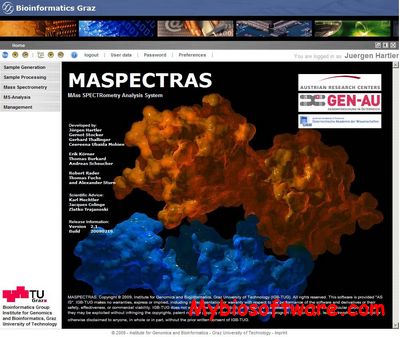iHMMune-align 20071126
:: DESCRIPTION
iHMMune-align is an alignment tool designed specifically for modelling the antibody generation process and identifying the constituent germline genes of a human heavy chain mature variable region sequence, in order to generate an alignment of the rearranged immunoglobulin sequence with its germline genes.
::DEVELOPER
:: SCREENSHOTS
N/A
:: REQUIREMENTS
- Linux / Windows / MacOsX
- Java
:: DOWNLOAD
:: MORE INFORMATION
Citation
Gaeta BA, Malming HR, Jackson KJ, Bain ME, Wilson P, Collins AM (2007)
iHMMune-align: Hidden Markov model-based alignment and identification of germline genes in rearranged immunoglobulin gene sequences.
Bioinformatics 23:1580-1587

